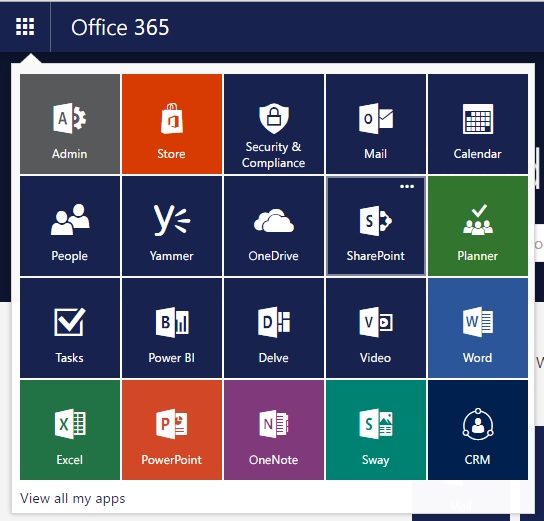


This is also the default setting for any new web part created with latest versions of SPFx. If this array will include SharePointFullPage, then the web part is also exposed as a single part app page. You define this option in the supportedHosts setting in the web part manifest. Web part is rather rendered in full page mode and owns the whole rendering experience.įrom development perspective defining a web part to support this option is super easy. Notice that there are no sections or possibility to have multiple web parts on this same page. Here’s how the web part is being rendered on the page. This tab is visible if there are any single part app pages deployed to the particular tenant. So the same piece of code can be also exposed as a full page experience in the SharePoint which gives the developer an option to fully own what’s being rendered with the exception of the top navigation and app launcher.įrom content editor perspective single part apps are exposed using an App tab when you create a new page. Single part app pages is another rendering option for the web parts, which is more as a generic name for a web widget which can be used in Microsoft Viva, Microsoft Teams, Outlook, Office or in SharePoint - like in this case.

What are the single part app pages for SharePoint Online?

Follow below steps to disable SharePoint app bar:ĭownload the latest version of SharePoint Online PowerShell.Ĭonnect to SharePoint admin tenant site using: Seems like you are using older/wrong version where required cmdlet is not available. However, you can temporarily disable the SharePoint app bar in your tenant using PowerShell until March 31, 2022. You cannot disable the SharePoint app bar permanently.


 0 kommentar(er)
0 kommentar(er)
